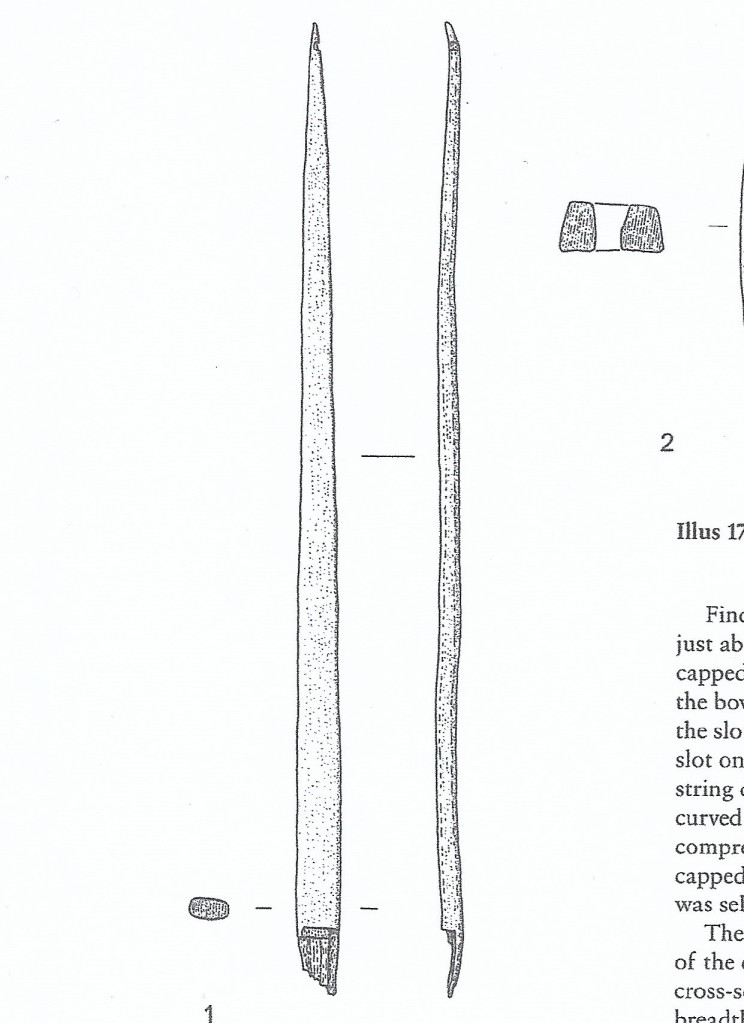
During an archaeological excavation in St Andrews in 1998 the limb of a medieval bow was recovered from a cess pit in a strikingly good state of preservation, so good in fact that the excavator was convinced it was a modern intrusion! This artefact is a very rare example of a Scottish medieval bow, possibly the only surviving example from the 14th century. The following blog details the nature of the artefact. The information below is summarised from an article published by myself in the Tayside and Fife Archaeological Journal and the analysis of the bow was undertaken by Dr Anne Crone.
The circumstances of the discovery
An archaeological excavation was undertaken in 1998 at Abbey Street, St Andrews in advance of the construction of the new Byre Theatre. Evidence was recovered for the early development of the town and its subsequent planned division into burgage plots with structured development in the form of shops and domestic habitation at the front of the burgage plots and light industrial activity and waste / cess disposal at the rear. During the late 13th or 14th century a very fine stone built latrine was constructed on a property fronting onto Abbey Street. Due to the nature of the construction of the latrine the contents at the base were waterlogged and provided an anaerobic environment conducive to the preservation of organic material including wood. One of a number of wooden objects retrieved from the base of the latrine included a long, pointed object which was subsequently identified as the limb of a medieval bow.

The St Andrews Bow
The surviving element of the bow comprised a limb which measured 54.3 cm from the tip to the damaged end. The limb was carved from a stave of yew with the sapwood at the back or outside of the bow and the heartwood along the belly or inside of the bow. This is standard practice in bow construction as the tensile sapwood is located on the outer curve and the compression resistant heartwood is on the inner curve. The cross section of the bow was a flattened ellipse with slightly parallel sides, 22mm wide by 12mm deep. The limb tapered along its length to a rounded terminal which was 2mm in diameter. The surface of the limb was finished so smoothly that there is no evidence of grain. A small angular slot was cut into one edge just above the tip indicating it was ‘self-nocked’. The nock was designed to hold the bow string. Dr Crone, who undertook the analysis of the bow, determined that the St Andrews bow would have been a minimum of 1.086m in length when complete but the nearest complete comparable bow of similar date was recovered from a site in Waterford in Ireland and was 1.26m long. This is considerably shorter than the English long bow which would have measured 1.8m.
